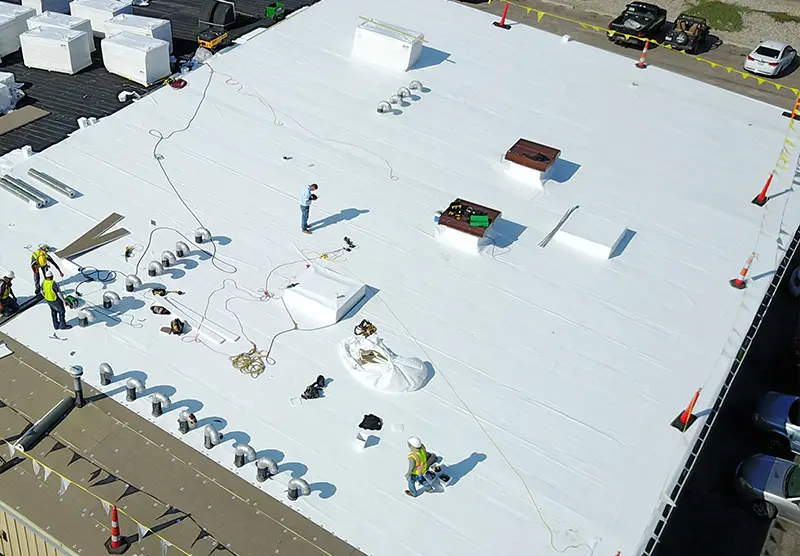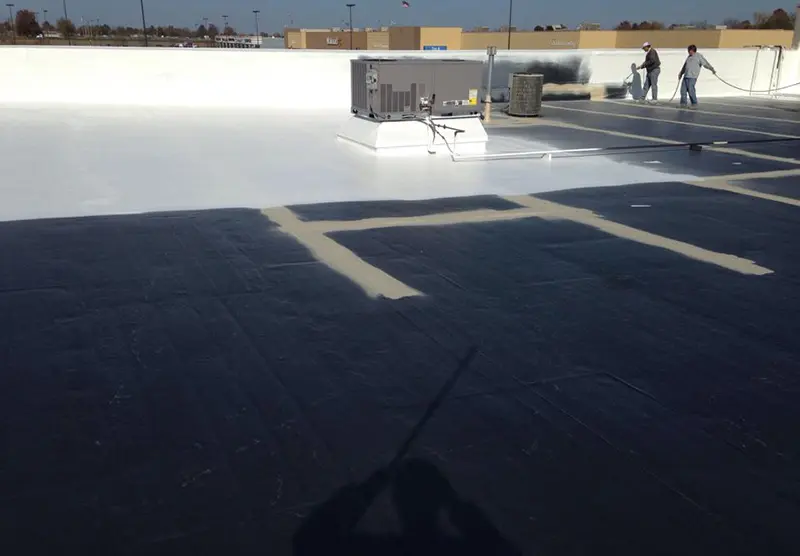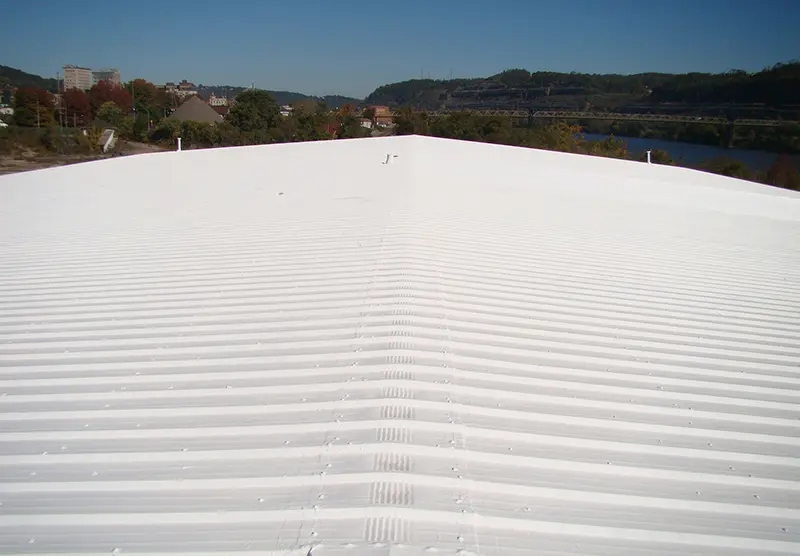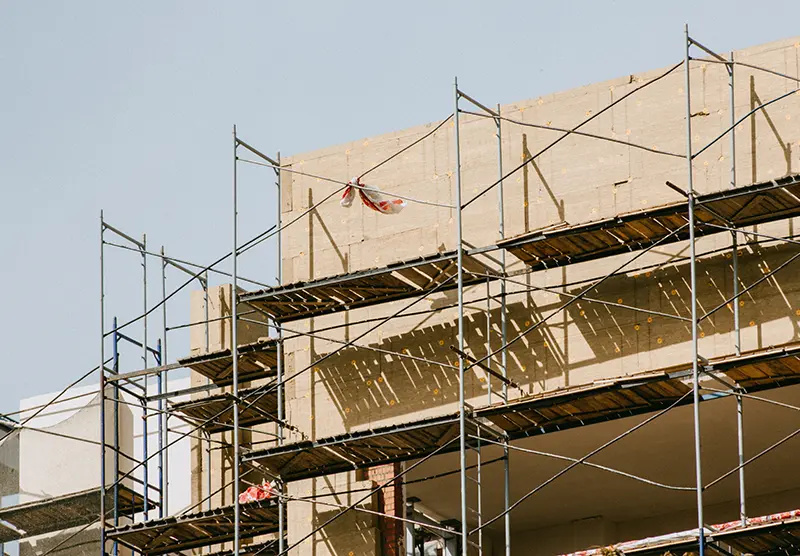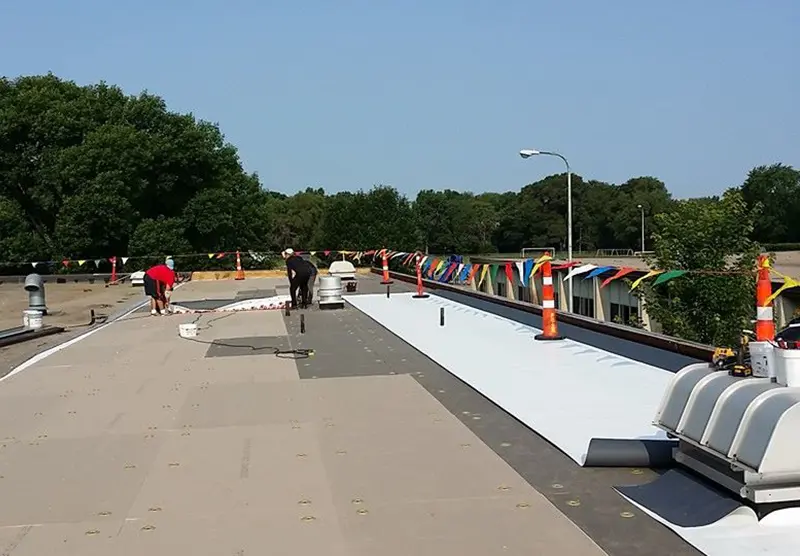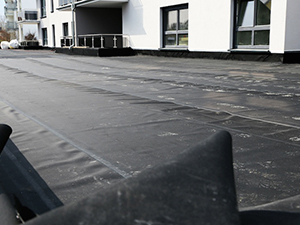
EPDM roofing systems are repaired for damage, leaks, and other difficulties. Low-slope commercial roofs employ EPDM synthetic rubber roofing membrane owing to its weather resilience, flexibility, and endurance. EPDM membranes may be damaged by weathering, punctures, rips, and seam failures. EPDM repair entails detecting and fixing these faults to restore roofing system integrity and waterproofing. In this article, we discuss the overview and process of EPDM repair at MasterWorks Contractors located in Fairfax, Virginia, and why it is an essential element. To learn more, call us today on 703-263-3304.
Process overview of EPDM repair
- Cleaning & Inspection: The EPDM roofing membrane is inspected to determine its condition and areas of concern before repair.
- Preparation: To prepare a clean substrate for repairs, trim, cut, or smooth the damaged region, depending on the kind and level of damage. Remove loose or damaged membranes and check substrate for damage or degradation.
- Materials for Repair: Specialized EPDM roofing tapes, adhesives, patches, and liquid coatings are used for EPDM repair.
- Seam Repair: EPDM roof seams may leak if they are loose, raised, or detached. To minimize water penetration and secure the seams, EPDM seam tape or glue is used to reseal and reinforce them.
- Checking and Testing: After repairs are made, the roof is examined to guarantee quality and watertightness. To check repair efficacy and find residual faults, leak testing may be done.
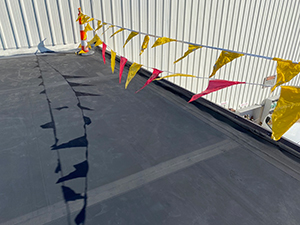
Effective and long-lasting EPDM repair needs specific knowledge, skills, and materials. To safeguard your investment and extend the life of your roof, consult with EPDM roofing experts who can examine, repair, and maintain them.
How to tell you require EPDM Repair?
Look for damage, degradation, or leaks in your EPDM roofing system to determine whether it needs repair. These signs may indicate EPDM repair:
- Visible Damage: Check the EPDM membrane for punctures, rips, cuts, and abrasions. These may be caused by weather, foot traffic, debris, or other circumstances.
- Pond Water: To avoid water ponding, EPDM roofs should drain well. Water accumulating or not draining away after 48 hours of rainfall may signal roof sagging or drainage concerns.
- Loss of Flashing: Drip edges, termination bars, and roof penetrations limit water infiltration around roof vulnerabilities. Check for loose, broken, or deteriorating flashing that might undermine the EPDM membrane and cause leaks.
- Seam Separation: EPDM roof seams that are loose, raised, or separated might leak. Look for seam separation, gaps, or damage that might let water into the roofing system.
Call now!
For EPDM Repair, don’t delay getting your roof assessed, our team at MasterWorks Contractors in Fairfax, Virginia, will provide advice that is well-suited for your property. Call us today at 703-263-3304 to book your consultation and get your roof protected to prevent larger damage in the long run!

